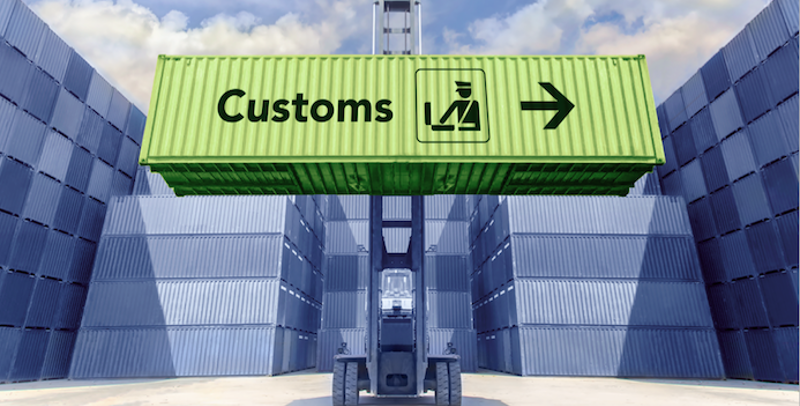As the recent holiday season proved, consumers are shopping online more than ever. In fact, according to Mastercard SpendingPulse™, holiday retail sales increased 3.4 percent while online sales grew a robust 18.8 percent compared to 2018.
This growth of eCommerce has driven global parcel shipping volume to an all-time high as package volume hit 2.75 billion over the peak holiday season, well above the projected 2.45 billion. And more of those packages are crossing borders and having to clear customs.
Omnichannel shipping driving change
Today’s consumers are more comfortable than ever buying from eCommerce vendors located overseas, boosting the number of packages being shipped cross-border. At the same time, retailers have adopted an omnichannel shipping strategy that has shifted inventory from centralized distribution centers to brick-and-mortar stores and even directly from foreign manufacturers and suppliers.
Today, 66 percent of businesses that sell online are already selling cross-border. These sales account for close to 31 percent of those businesses’ revenue, according to the Visa Global Merchant eCommerce Study. Additionally, cross-border eCommerce is not about to slow down, with 66 percent of businesses not currently selling internationally planning to do so soon.
CBP floating new technology
As we mentioned previously, this has resulted in a flood of inbound packages that has taxed the resources of U.S. Customs and Border Protection (CBP), which has traditionally processed larger containers. The increased volumes have added costs and time.
The CBP has taken steps over the years to lessen the pressure on its infrastructure from the influx of international shipping of small packages, including raising the de minimis value and testing an electronic filing process beginning late last year.
It is unclear what impact the electronic filing will have on reducing costs and streamlining the process of clearing parcels through customs. However, as eCommerce continues to increase globally, shippers will have to figure out how to navigate the labyrinthian customs clearance processes at home and abroad if they expect to implement an omnichannel strategy that can deliver from the endless aisle. Having the right technology partner will be key to staying compliant and reducing costs.
To learn more about how global parcel shipping is impacting online retailers and ways shippers can cut time and costs when clearing customs, download our latest eBook “Conquering Customs Challenges is Key in Global eCommerce Shipping.”
